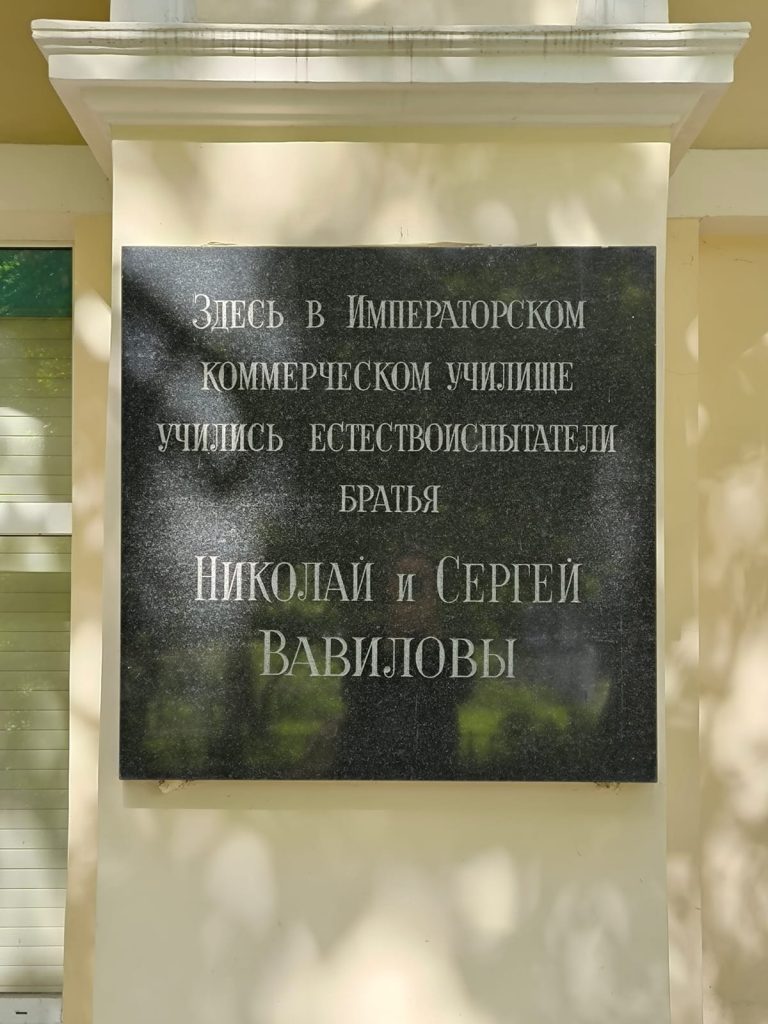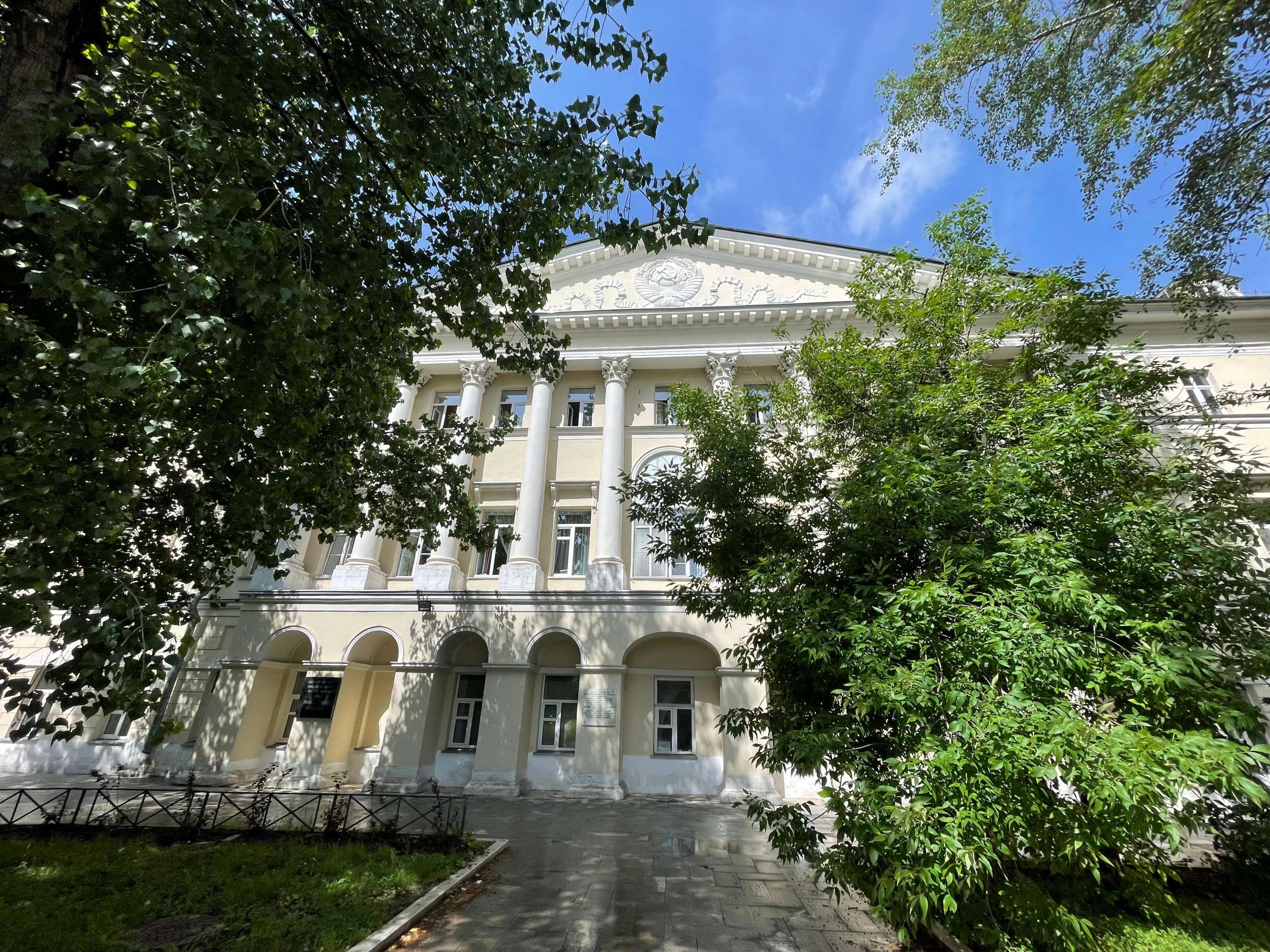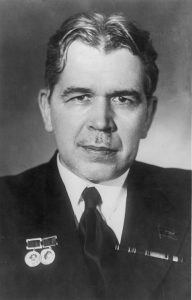Nikolai Ivanovich
Vavilov
1887–1943

Nikolai Ivanovich Vavilov (1887-1943) was a scientist, botanist and plant breeder, geneticist and breeder, traveller and geographer, organiser of agricultural science, public figure. In the 1920s and 1930s Nikolai Ivanovich undertook numerous expeditions around the world for scientific purposes. In 1925 he was awarded a silver medal named after N.M. Przhevalsky by the Russian Geological Society for his journey to Afghanistan. Under the leadership of N.I. Vavilov, the world’s largest collection of seeds of cultivated plants was created, which is stored in the All-Russian Institute of Plant Genetic Resources, named in honour of the scientist. He established the doctrine of plant immunity, discovered the law of homological series in the hereditary variability of organisms. He made a significant contribution to the development of the doctrine of biological species. He laid the foundations of the system of state trials of varieties of field crops. He formulated the principles of activity of the country’s main scientific centre for agricultural sciences, created a network of scientific institutions in this field. He was Academician of the USSR Academy of Sciences since 1929. In 1931-1940 he headed the Geographical Society of the USSR.
Sergey Ivanovich
Vavilov
1891–1951
Sergey Ivanovich Vavilov (1891-1951) was a younger brother of N.I. Vavilov, a scientist-physicist, founder of the scientific school of physical optics in the USSR, full member (1932) and president (1945-1951) of the USSR Academy of Sciences, public figure and populariser of science. He was the winner of four Stalin Prizes. The main scientific direction for S.I. Vavilov was research in the field of physical optics, in particular the phenomenon of luminescence. In 1925, together with V.L. Lyovshin, he carried out a series of experiments which revealed a decrease in the absorption index of uranium glass at high light intensities. The observed effect formed the basis of nonlinear optics. He introduced the concept of the quantum yield of luminescence and studied the dependence of this parameter on the wavelength of the excitation light (Vavilov’s law). He studied the phenomenon of luminescence polarisation, became the founder of a new field – micro-optics – and contributed much to the development of non-linear optics. Together with his student P.A. Cherenkov, he discovered the Vavilov-Cherenkov effect in 1934, for which Cherenkov was awarded the Nobel Prize in 1958, after Vavilov’s death.
In memory of the great scientists of Moscow, there is a memorial plaque on the building of the former Imperial Commercial School, where N.I. and S.I. Vavilov studied.
Address: Moscow, Ostozhenka str., 38, building 1


